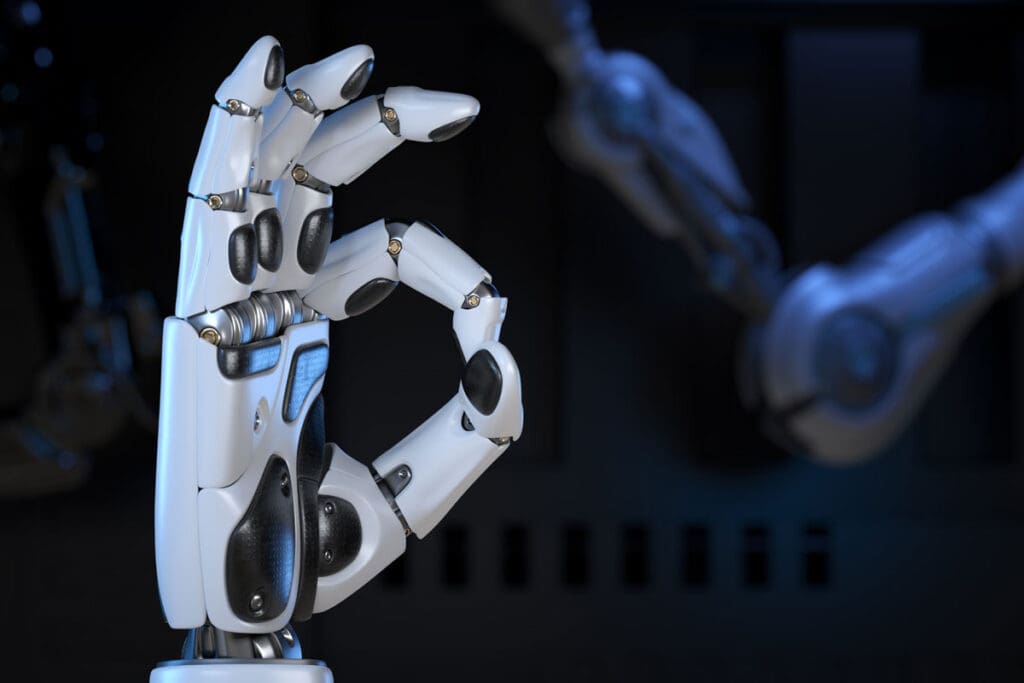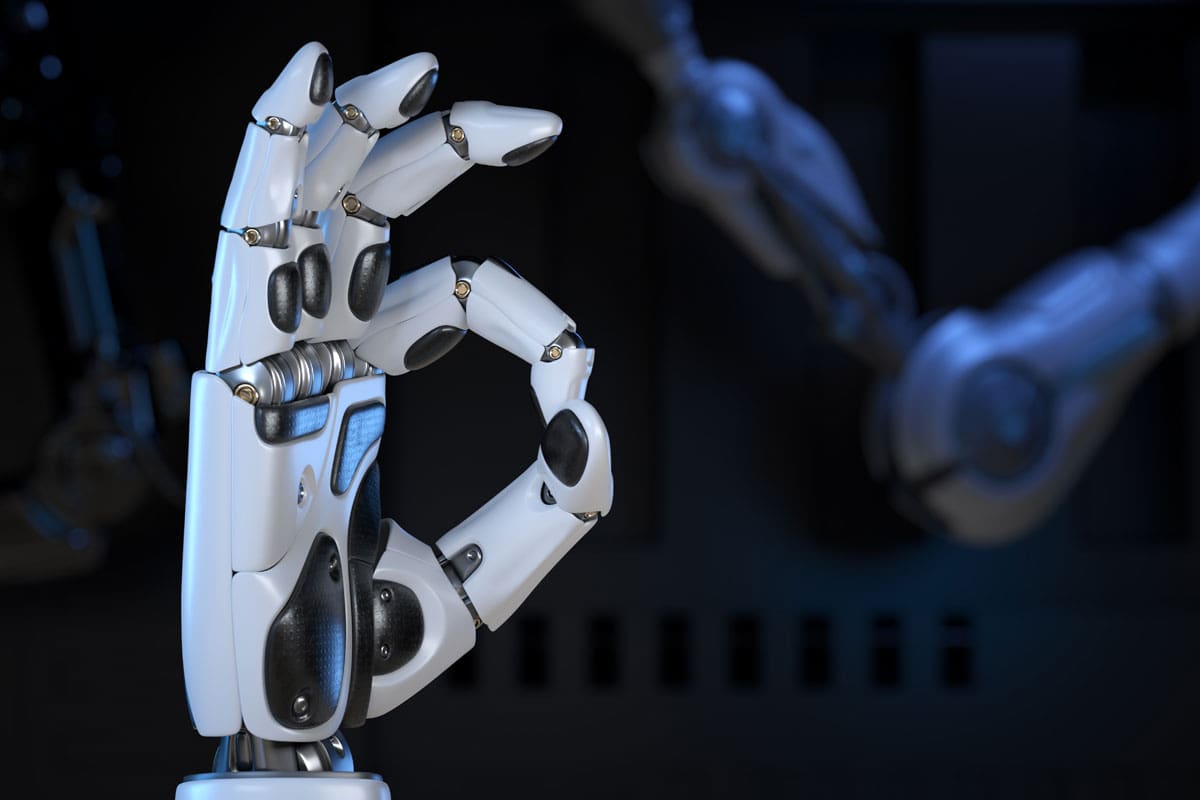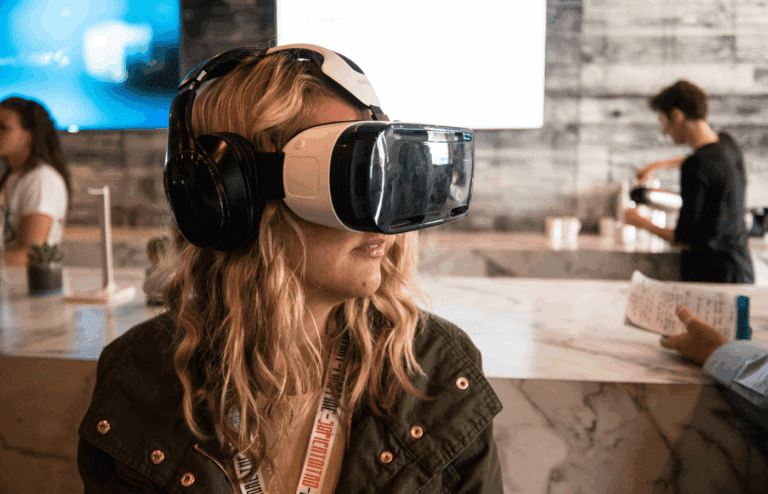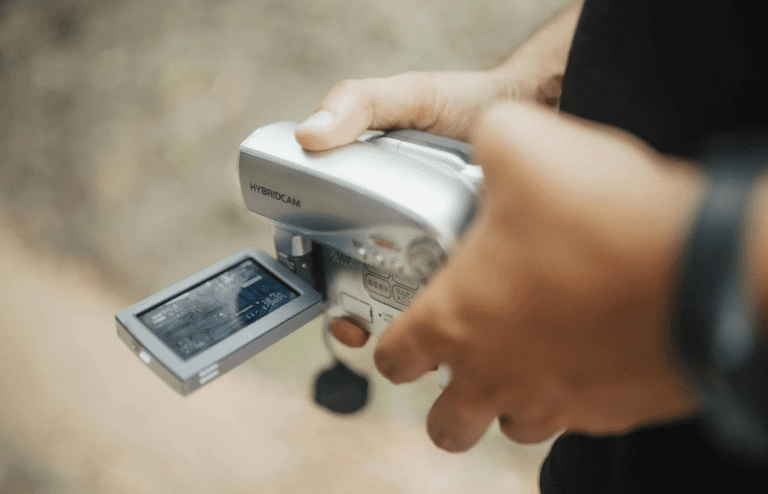
Haven’t we all found ourselves in a predicament we could overcome if we only had a third arm? Think of people performing extremely skilled work such as surgeons or engineers. One person could potentially do the work of two. The ability to control a third arm robotically has wide-ranging possibilities.
From a different perspective, people with injuries or disabilities could benefit greatly from being able to control and use a robotic arm. Such a device could revolutionize prosthetics. Especially if it can be controlled without having to surgically connect an interface to the brain and/or nerves.
A team of scientists from the Neuro-X Institute working at the Swiss Federal Institute of Technology Lausanne have created both virtual and physical robotic third arms.
The robotic arms work inside virtual reality (VR) environments. One of the physical models works through a device that’s strapped onto a test subject’s chest. Both the virtual and physical models are controlled by a combination of eye movements and diaphragm contractions.
“In order to test possible strategies for the control of an extra limb, we developed a platform integrating a virtual environment and a robotic exoskeleton that allows for immersive simulation,” said Guilia Dominijanni, of the Neuro-X Institute. “During this simulation, users see an avatar in a first-person perspective. Although with an extra limb, which we designed as symmetrical. So, possessing four digits and two thumbs, in order to avoid any association with a left or a right arm.”
Read More: Groundbreaking Bionic Hand Fuses with Skeletal and Nerve Systems
Differs From Traditional Prosthetics
Dominijanni pointed out that the devices they are testing differ in many ways from the approaches that have been taken in developing working prosthetics.
Prosthetics developed for people with amputated limbs often attach to a stump and use existing nerve connections to the brain. However, these new augmented devices that Dominijanni and her colleagues are developing require entirely new connections. Therefore, they are more difficult to engineer.
The results of the experiments thus far show that peoples’ brains are capable of adapting to these devices and controlling them quite intuitively, said Dominijanni.
Test Subjects Use Third Arm With no Difficulties or Interference
The test results are promising. The team recruited 65 volunteers. All of them were able to successfully carry out a range of tasks.
The virtual arm is controlled by breathing. During testing, volunteers successfully carried out tasks without interfering with their breathing, speech, or vision. With practice, all of the volunteers were able to use the third robotic arm, all without interfering with their normal functions. This demonstrated that people’s brains can adapt to these devices and control them intuitively.
Dominijanni herself has served as a test subject.
“I’m pretty good at it at this point,” Dominijanni noted. “It becomes very natural. I’m an engineer by training, and every time I have to solder, that’s pretty annoying; I would love to have something I could control and hold stuff in place.”
Controlled Using Little-Used Ear Muscles
The team is “also investigating other approaches to control this extra limb,” said Solaiman Shokur, Senior Scientist at Neuro-X Institute.
“For example, using vestigial muscles,” Shokur added. “So, these muscles that we have in our body but through evolution we have lost their functionality.”
By definition, vestigial muscles are defined as those muscles in the human body that are no longer needed. Some muscles in the body are thought to be vestigial by being greatly reduced in size. Some believe these muscles were used by our ancestors to pivot their ears for better hearing. Presently, vestigial ear muscles are considered to be of little functional significance.
One such group of muscles is the auricular muscles located on the outer ear on the cranial surface of the ear pinna. Very few individuals can move their ears voluntarily. These muscles are considered to be of little functional significance. However, auricular reflexes activate ear muscles during eye movements (Urban et al., 1993).
“We found that through a few days of training,” Shokur said, “people could use their auricular muscles – which are these muscles that we have behind the ears – to control this extra limb, while still using their natural arms, and still speaking and looking around.”
“Whether we could have four arms, so two extra arms, or one extra arm but with more degrees of freedom that we can control, is a matter of design,” Dominijanni said.
Read More: From Fiction to Fact: 10 Weird Sci-Fi Tech That Became Real
Future Applications
“We could also imagine this technology for rehabilitation of people with motor deficiencies,” Shokur concluded optimistically.
Dominijanni sees the robotic arms providing ways for humans to use additional limbs and critical areas such as helping industrial workers control machinery more easily. Other applications could allow search-and-rescue workers scour rubble and provide medical attention faster.
However, the team doesn’t see these being developed for general public usage for everyday tasks too soon. As far as the public is concerned, researchers say the robotic arms will remain in the realm of highly expensive gadgets, somewhat like VR goggles are today.








